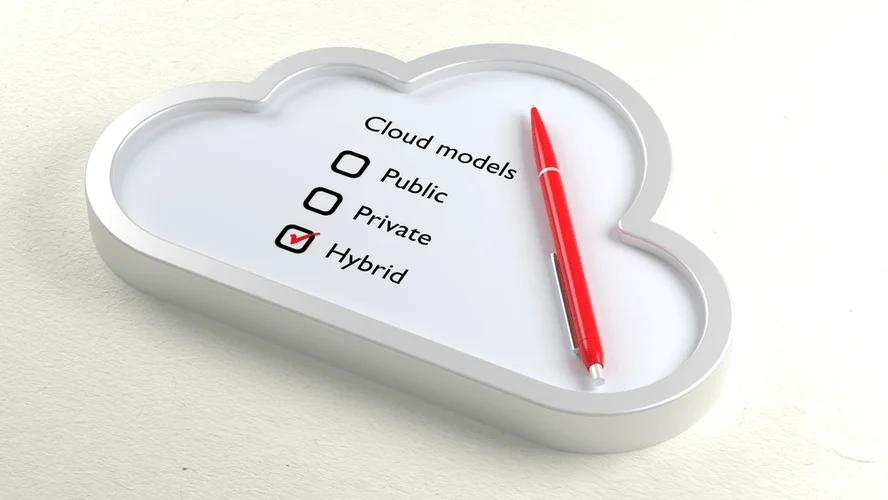Microservices are a software development method the place purposes are constructed as a collection of loosely coupled, independently deployable providers. Every service in a microservices structure is concentrated on a particular business perform and can be developed, deployed, and scaled independently. This method allows for higher flexibility, scalability, and resilience in comparability with conventional monolithic architectures. Microservices often communicate with one another via APIs (Application Programming Interfaces) and use light-weight protocols such as HTTP or messaging queues.
Trends such as DevOps, containerization, and cloud technologies will additional https://www.globalcloudteam.com/ influence the evolution of those architectural approaches. In SOA, data is usually saved in a shared, centralized database accessed by all of the companies. This strategy may ease data management however can even create bottlenecks and hinder efficiency as the system scales. Microservices architectures embrace a decentralized method to knowledge storage, with every service managing its own database.

Architectural Differences: Soa Vs Microservices
- With the assistance of container orchestration methods, organizations can simply handle and scale their microservices, making it less complicated to handle advanced distributed methods.
- SOA’s modular strategy to service development ensures that different parts can work together seamlessly.
- For instance, a system requiring excessive scalability would possibly benefit extra from a microservices structure due to its ability to scale elements independently.
Useful Resource utilization can also be more environment friendly in microservices, as resources are allocated on the service level. This contrasts with monolithic purposes, where assets have to be allotted primarily based on the complete application, often resulting in inefficiencies. Microservices align with desired team structuring and operational models, providing larger flexibility and scalability.
In the ever-evolving landscape of software program improvement, choosing the right architectural style is essential for constructing scalable, maintainable, and efficient functions. Two popular approaches which have gained significant attention are Microservices and Service-Oriented Structure (SOA). Whereas both aim to break down complicated purposes into more manageable components, they differ in various features. This complete information explores the variations between SOA vs microservices, their strengths and weaknesses, and helps you establish which structure is best for your small business. One of the first advantages of service-oriented architecture (SOA) is its emphasis on reusability.
Advantages Of Microservices Structure
This modularity permits for independent deployment and scaling, making microservice structure a preferred choice for modern applications, particularly when contemplating inside microservices. Like SOA, microservices architectures are made up of loosely coupled, reusable, and specialised parts that often work independently of each other. Microservices additionally use a high degree of cohesion, in any other case known as bounded context. Bounded context refers to the relationship between a element and its data as a stand-alone entity or unit with few dependencies. Somewhat than being adopted enterprise-wide, microservices usually talk by way of utility programming interfaces (APIs) to build particular person purposes that carry out a particular business functionality. This strategy makes them more agile, scalable, and resilient, particularly for specific areas of the enterprise.
Can Current Soa Systems Be Transitioned To Microservices, And What Are The Challenges?
For instance, a reduction management microservice only handles performance associated to creating and applying reductions, simplifying development and maintenance. This permits for updating and scaling every microservice without shutting down the entire system. Updating a payment processing microservice doesn’t require stopping the consumer management microservice, minimizing downtime, and decreasing risks. In trendy info applied sciences, there are numerous architectural approaches to developing and managing software systems. Two of the preferred are in all probability Service-Oriented Structure (SOA) and Microservice Structure. Both approaches have their advantages and disadvantages, and it is essential to understand their key variations and to choose probably the most acceptable one for a selected project.

Because they’re unbiased, microservices may be developed, deployed, and updated with out disrupting the the rest of the application. SOA providers are almost all the time persistent, meaning they load and run continuously. As a result, they can be deployed and redeployed with less priority on pace and agility. SOA operations tend to resemble traditional load-and-run IT on naked metal; though, it is attainable to host them on VMs and containers. You can deploy microservices in a persistent method as well, however because they’re often scaled and redeployed, the deployment process must be quicker and extra flexible. Due To This Fact, most microservices are either containerized or deployed as functions in a serverless/lambda internet hosting surroundings.
SOA services may be developed and used in a large setting, but they do not address specific needs of particular person companies that want to handle enterprise processes within their purview. DevOps can be used to assist a company transition from SOA architecture to microservices to handle particular needs. The service interfaces present loose coupling, which means that they can be known as with little or no information of how the integration is applied underneath. As A Result Of of this unfastened coupling and the greatest way the companies are printed, improvement teams can save time by reusing components in different functions across the enterprise. As a results of the shared access to the enterprise service bus (ESB), if issues come up, it could also have an result on the other linked providers. In microservices architectures, knowledge independence is more necessary than reusability.
Improvement teams are additionally impartial, to enable them to develop purposes with instruments and languages which are distinct from different providers in the identical utility. It’s useful for dealing with legacy techniques that must be modernized whereas still functioning alongside newer applied sciences. For occasion, a bank with decades-old account management software program might undertake SOA to integrate it with a contemporary on-line banking platform. Think about the scale of your systems, how you want your groups to work, and whether or not your focus is on integration or agility. Each approaches have their strengths and may help you build methods which may be effective right now and ready difference between soa and microservices for the longer term. As An Alternative of connecting systems across a company, it focuses on breaking a single application into smaller, independent components.
Microservices often use patterns like eventual consistency, occasion sourcing, and CQRS (command query responsibility segregation) to deal with information flexibly and resiliently. One Other important attribute of SOA is interoperability, enabling various systems to speak seamlessly. By using standardized protocols like SOAP and REST, SOA facilitates integration across varied environments, fostering collaboration and creating cohesive solutions that meet complex enterprise wants. A key element of SOA is the service registry, a centralized directory cloud computing that stores information about obtainable providers, including their descriptions and endpoints.
In this structure, a quantity of front-facing functions use the same SOA providers. For instance, an invoicing and order-tracking dashboard can access the same service to retrieve customer details. In order to entry remote services, the SOA structure uses a centralized enterprise service bus (ESB) to attach diverse providers with multiple messaging protocols. Some of these protocols include SOAP, Superior Messaging Queuing Protocol (AMQP), and Microsoft Message Queuing (MSMQ). Completely Different enterprise items collaborate effectively on a standard data-sharing platform. Service monitoring tools present insights into the performance and health of microservices.